Boeing 777X Pushes Its Limits
Flying Magazine
MAY 1, 2025
There are a lot of performance metrics in aviation, and one of them is crosswind component. In training airplanes such as the Cessna 172, you will find a notation of the “demonstrated crosswind” with the caveat “not a limitation.” Those are used by our customers, the airlines.”





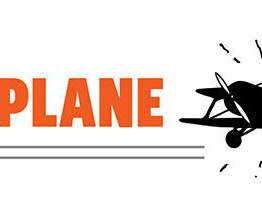






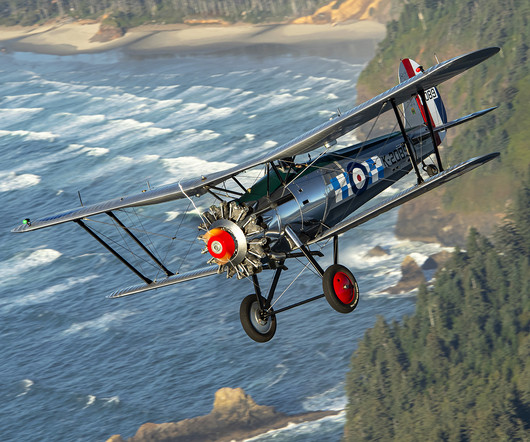

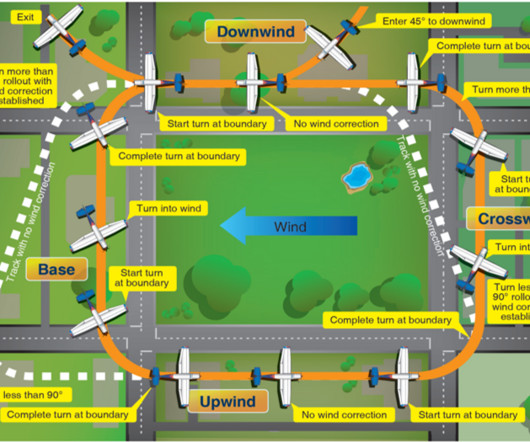

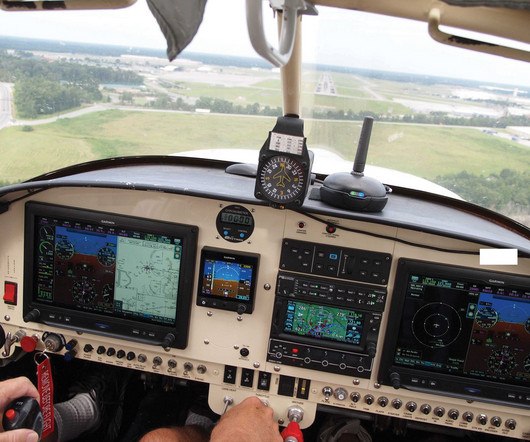
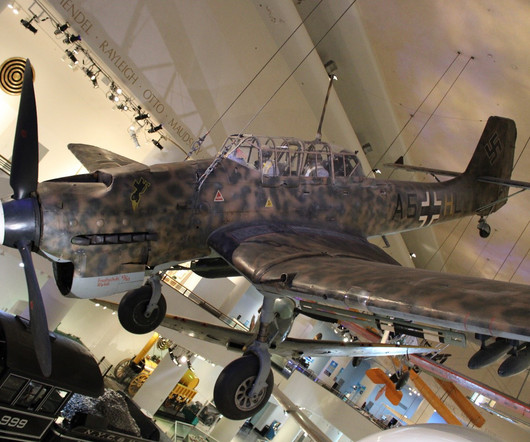

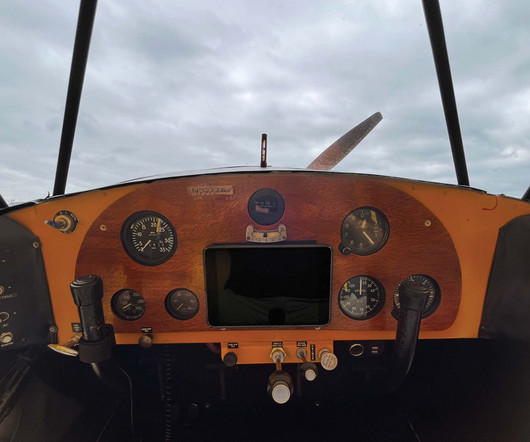





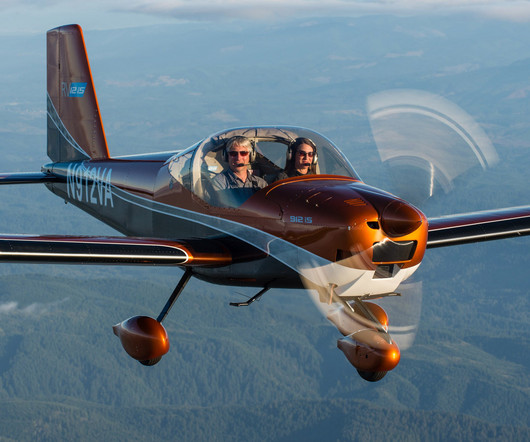


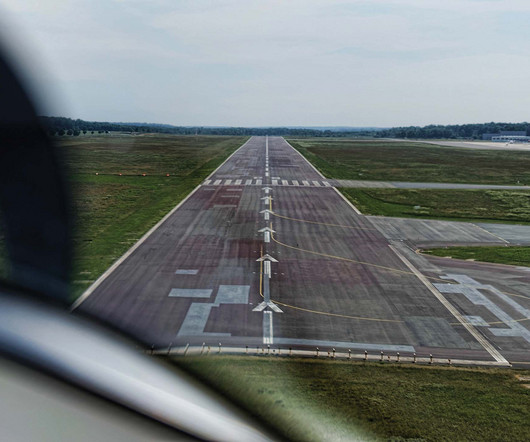
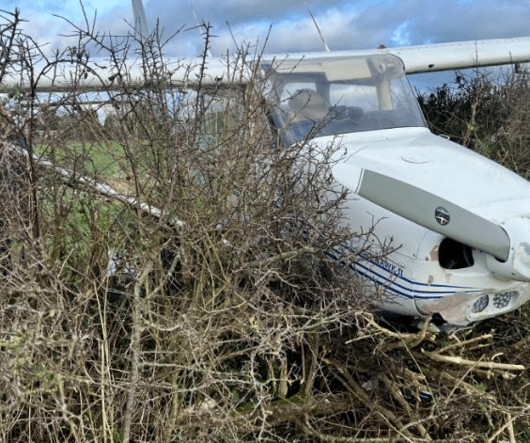




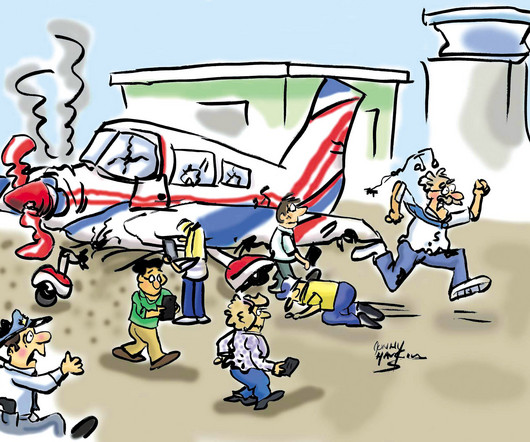






Let's personalize your content